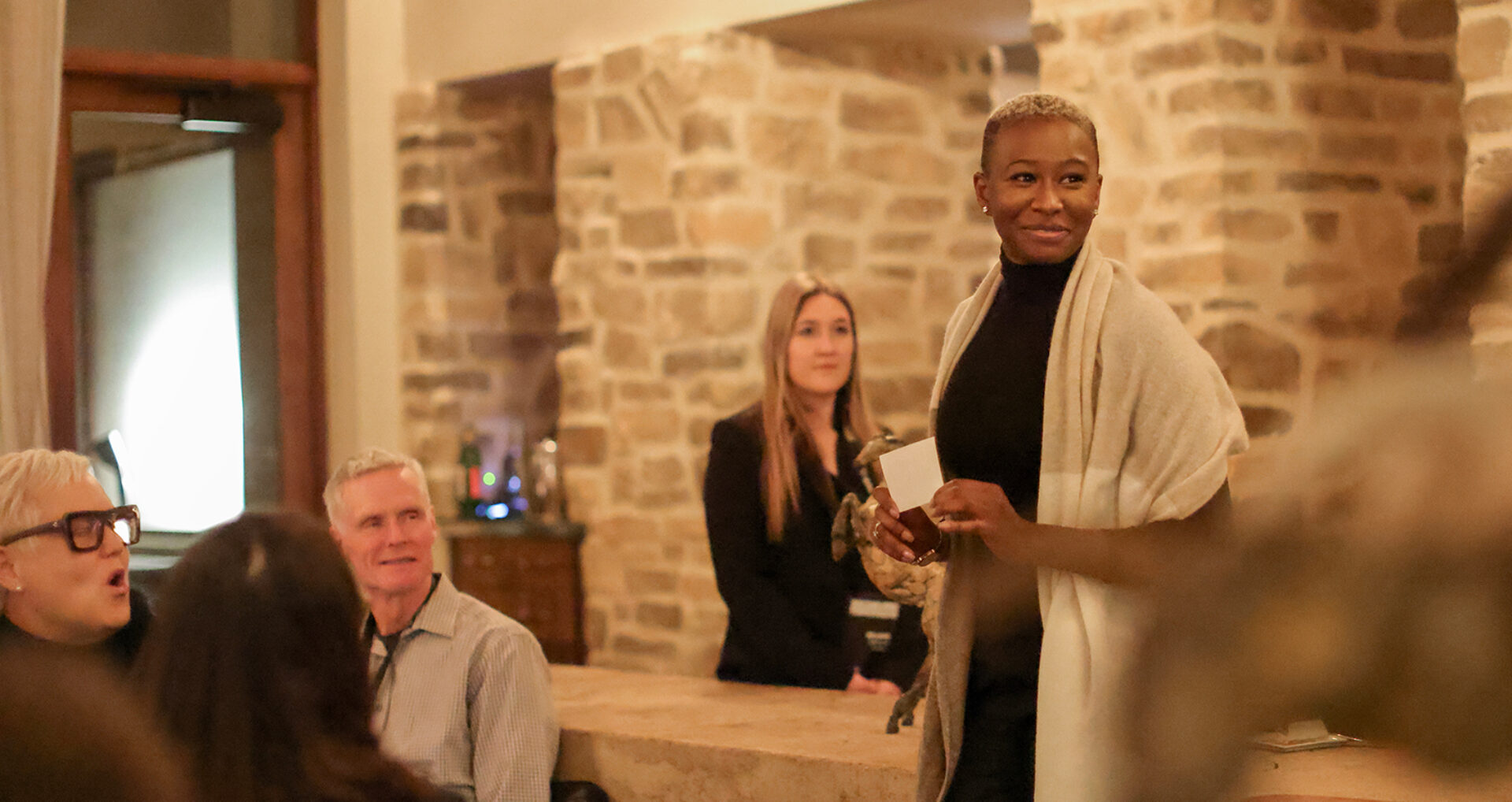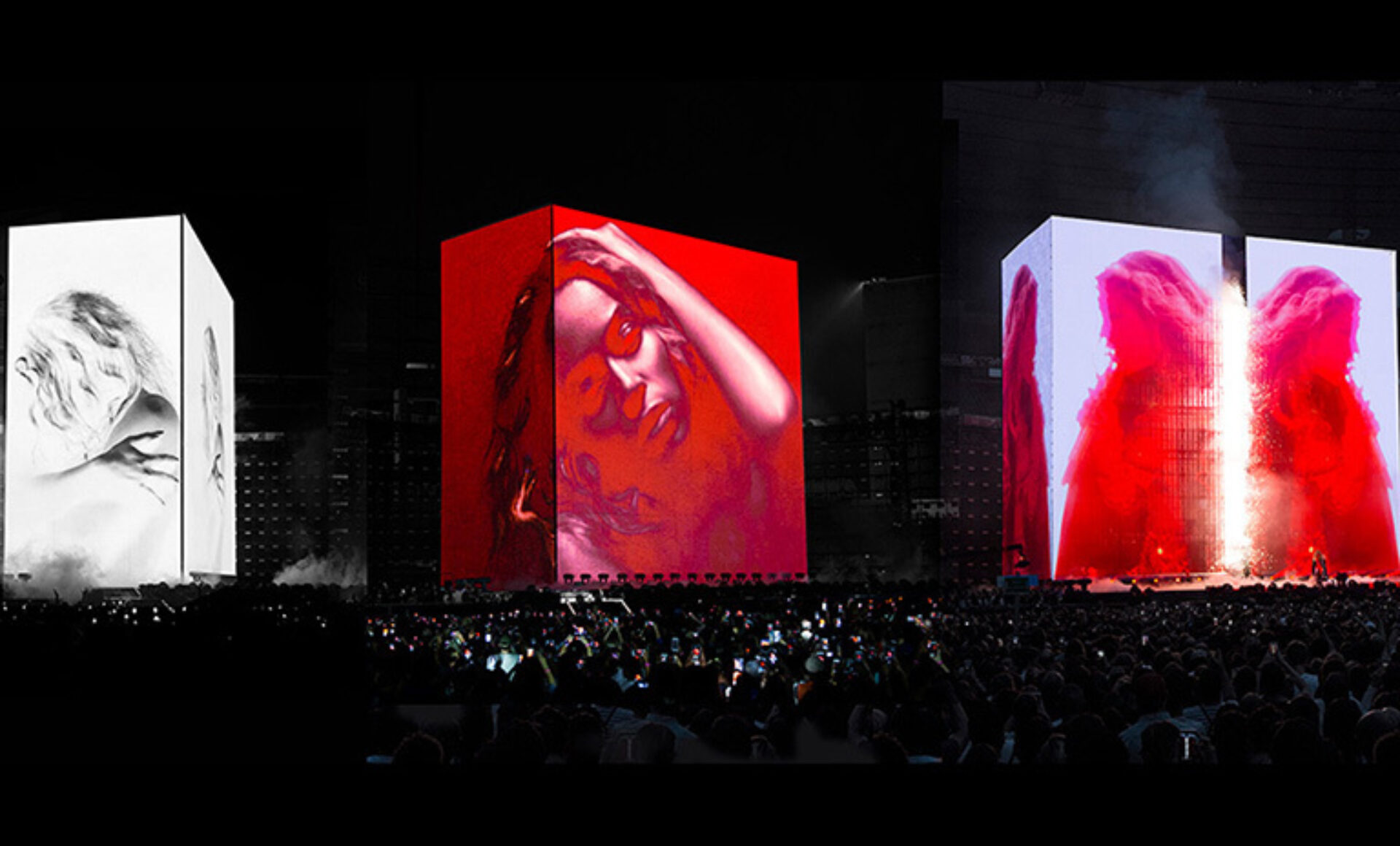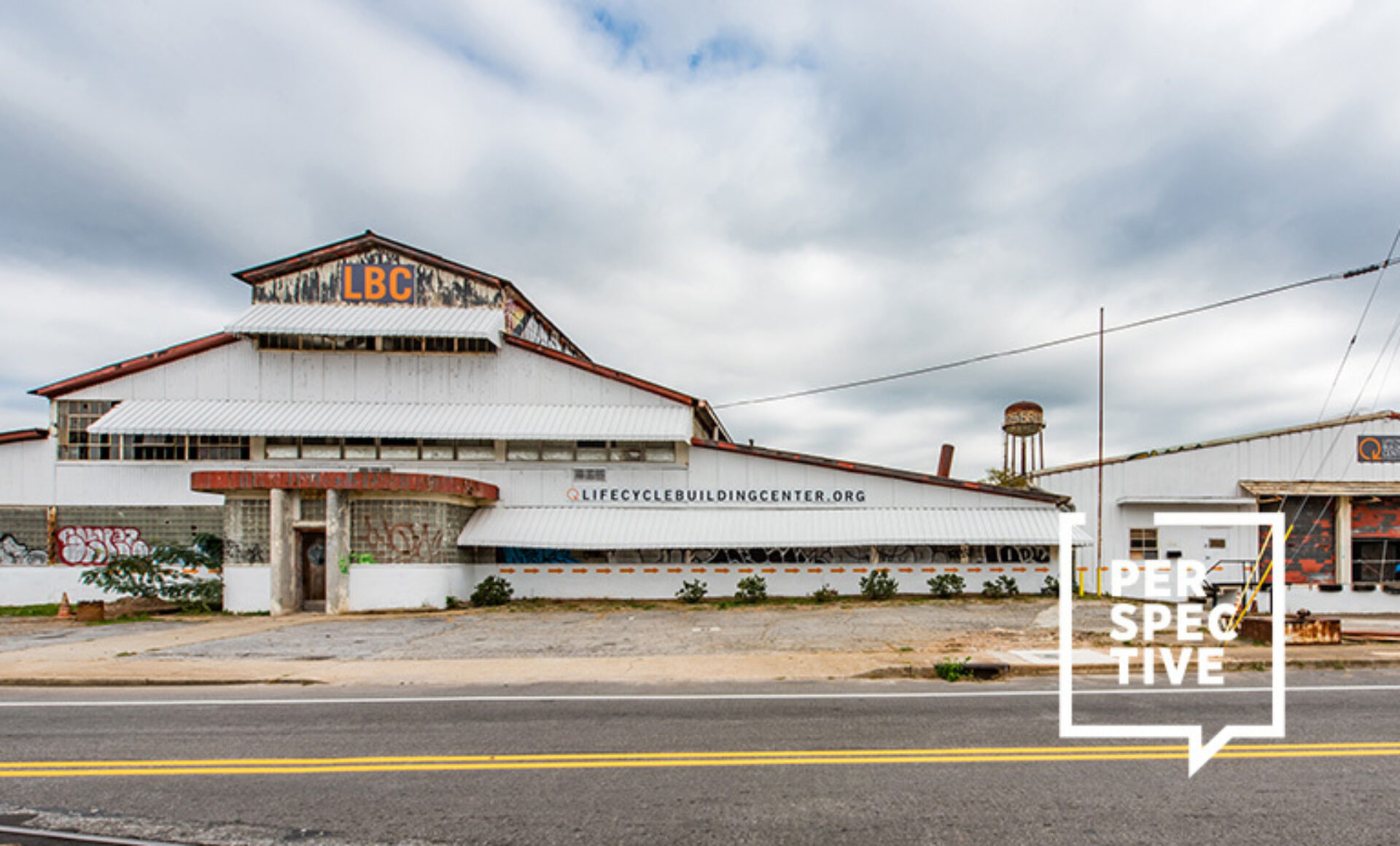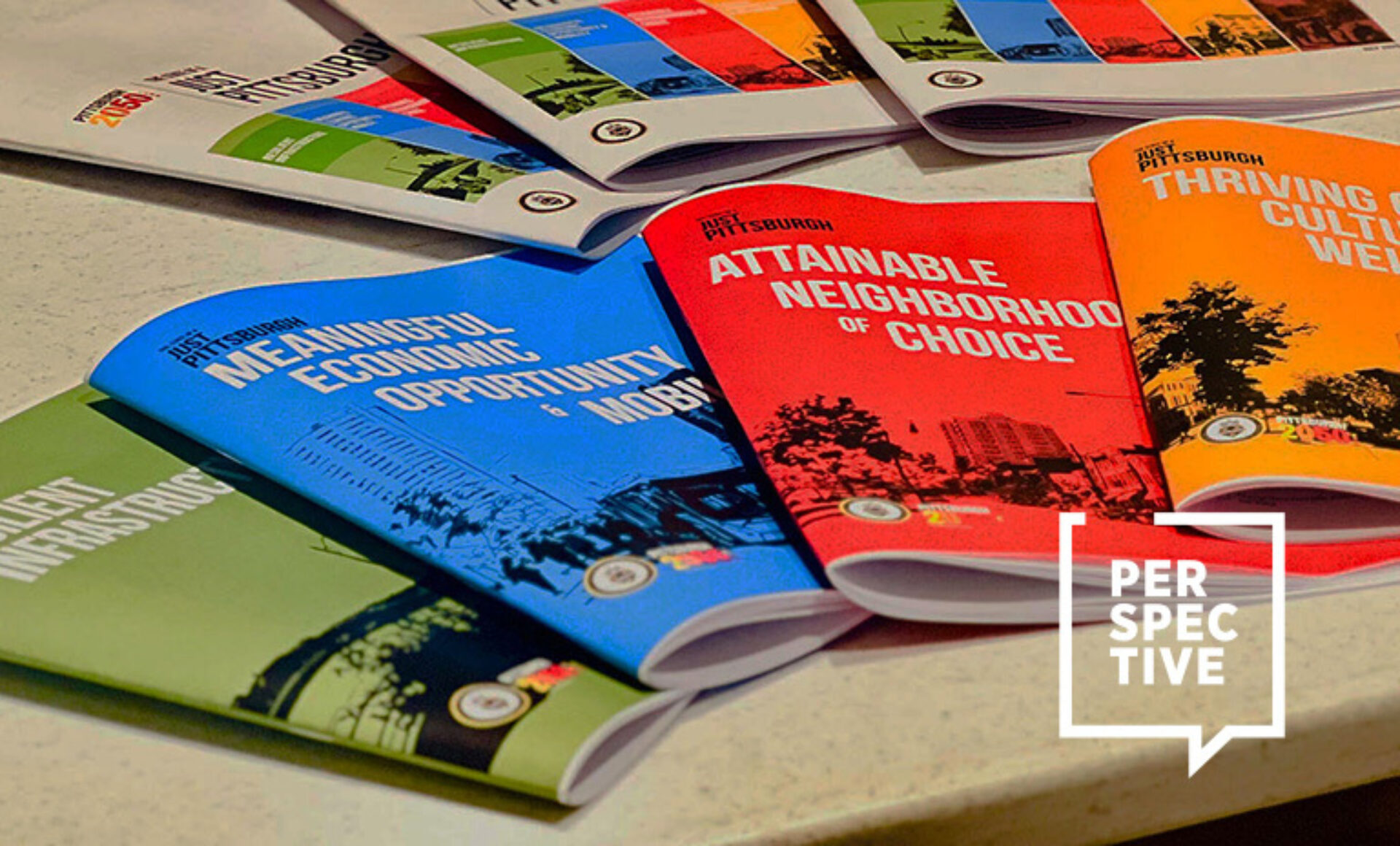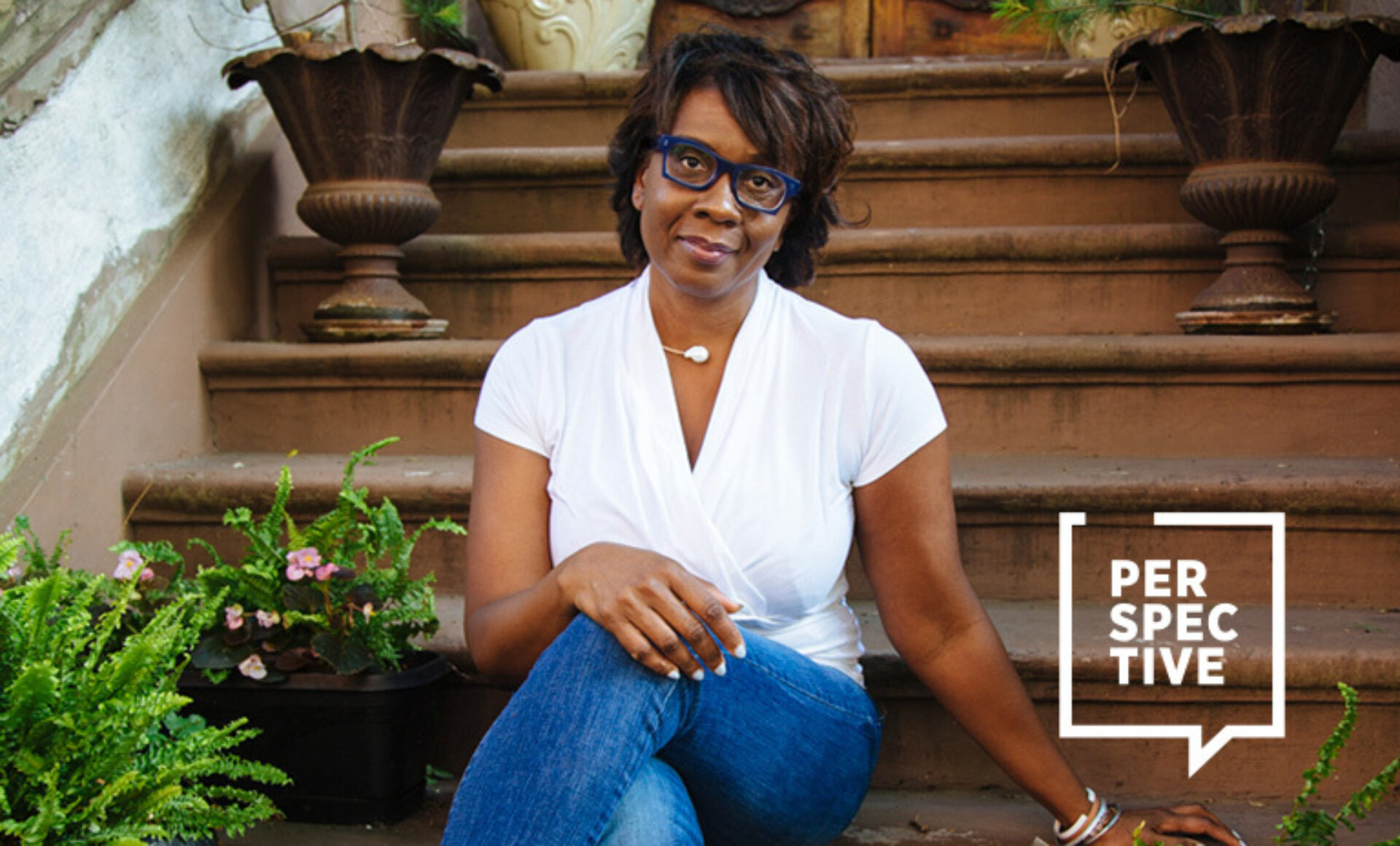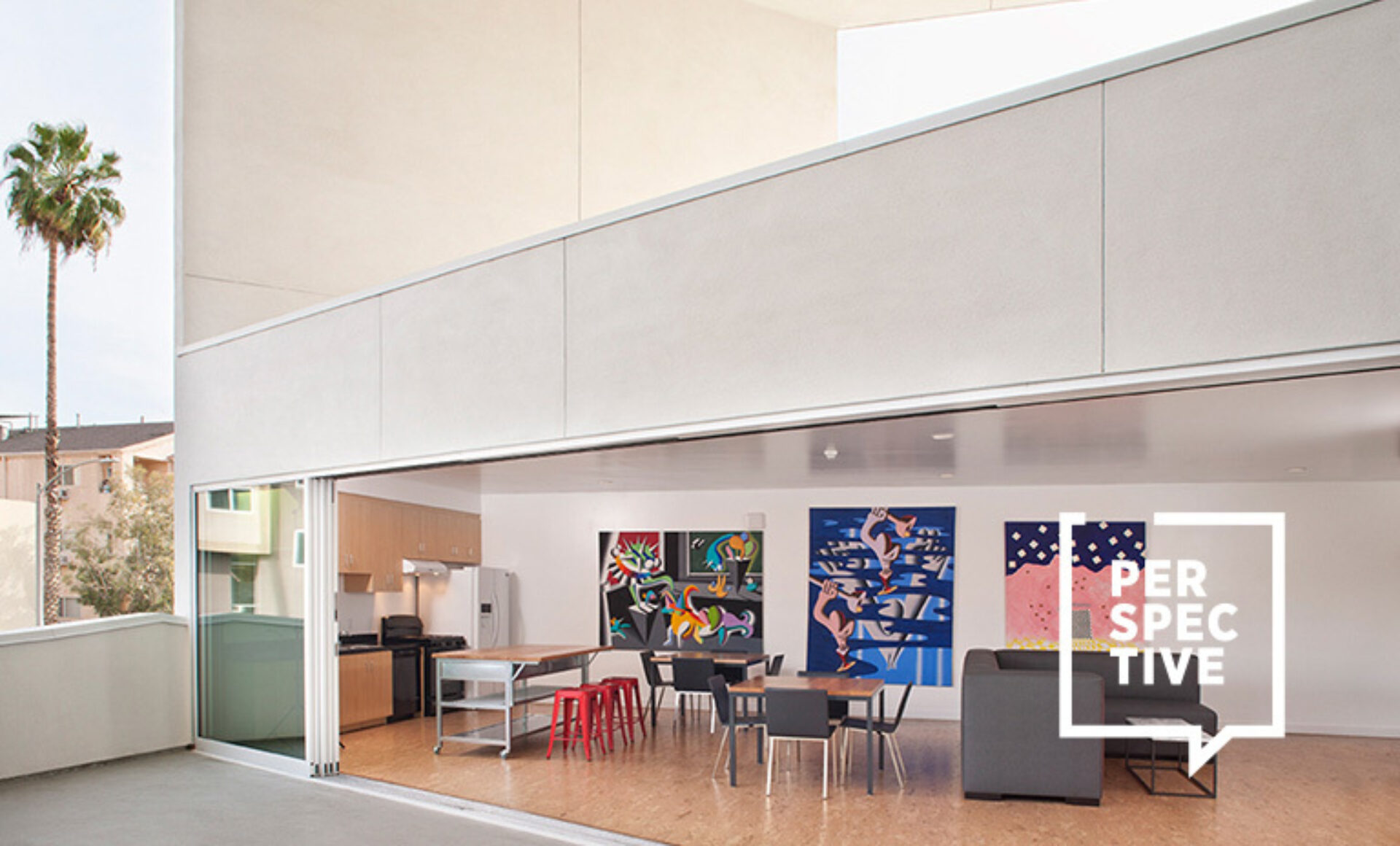When Samantha Josaphat, NOMA, was little she remembers house hunting with her mom down South, more specifically in metro Atlanta. There was only one problem: she just wasn't interested in what she was seeing. “A lot of the homes were in the suburbs and they were very cookie cutter—we had very limited options to choose from. None of the layouts made sense to me,” she remembers. “I would say to myself: ‘why would you do this and why would you do that?’ So I decided I was going to be a builder so I could build houses the right way. I still didn't know that architecture was a thing,” she smiles. “So in high school, I mentioned this to a professor: ‘I'm going to be a builder because I don't like the way homes are designed,” she declared. “And the professor was like: ‘do you mean an architect?’ So she explained it to me and suggested I take her CAD drawing class. I found that really interesting.” The family ended up getting a house, and fast forward to today, Josaphat is five years into a business she founded herself doing what she dreamed to do as a kid: build better spaces.
“I would say my approach to design is a unique balance,” she says. “I like things that are very calm and clean—but not too clean, I like to add texture. I try to create a juxtaposition between the expected and the unexpected.” Her priority is to provide clients with timeless design. “We want to give them a space that they like now but we also want to make sure it lasts over time,” she says. “And we’re very passionate about it—we have the energy and the interest to fight back. That's what sets us apart.”
(Below: Flatbush Caton Public Market interior by Studio 397 image courtesy of Samantha Josephat)

Josaphat recalls her high school professor advising her, “Design is a white male-dominated field. If you decide to go into this you have to make sure you know your focus.” Those words stuck in Josaphat’s head. “I knew this is going to be something serious that I have to commit to,” she says. And so she did, despite all the challenges she had to overcome—from school and exams to being exposed to a diverse set of backgrounds and cultures. “It’s a blessing, not a curse,” she says, describing her journey as a hurdle that ultimately helped her be authentically herself. “I'm learning to trust my instincts more. I've been finding that every time I put trust in myself I see a positive result.”
But letting go isn’t easy. Josaphat knows that. “I hate odd numbers. I just hate them,” she says. “This is important and also funny: during the process of taking my exams I was thinking I might want to go off on my own. So on my fridge, I had all these different names of what my company would be. It wasn’t until I got my license and I sent an email to the African American Directory of Architects that I got the information that I was the 397th African American Female Architect to achieve licensure in the U.S.A. That number was a testament to the fact that I need to let go of the preconceived notions that I have about life, myself, or the way things are supposed to be. I realized that the moment you let go, you actually get more,” she adds. “That was also my experience in taking my exams: I was always paranoid and stressed, and that’s when I failed. But when I let go of my anxiety and kept a bit calm I started passing. I thought of it as a sign that I should embrace the oddness. So I decided I was going to embrace these three numbers and that they would mark the time and history that I got my license in 2017—another odd number,” she laughs. And so, Studio 397 was born.
(Below: Condo renovation by Studio 397, image courtesy of Samantha Josephat)

The New York-based architecture studio is led by Josaphat and multidisciplinary passive house designer, Luis Medina, a dynamic husband-wife team that aims to create spaces and experiences that connect people and the world. “We want there to be a human connection—whether that's a train hall that a million people are passing through or someone's private office. That’s the impact we're trying to make.”
Bringing to life thoughtful spaces designed to bring people together and strengthen communities, Studio 397 works on diverse projects: residential and corporate buildings across New York, the Flatbush Caton Public Market, The Spiral, a 65-story office space serving as the Turner Construction Company headquarters in partnership with Gensler, and a biotech hub at Brooklyn Navy Yard that will become the first incubator of its kind in the country supporting small businesses that create beauty products. They are also part of the winning team for the redesign of Penn Station which will be led by FXCollaborative Architects LLP and WSP USA Inc., with British architect John McAslan + Partners.
Josaphat looks at every project as a learning opportunity. While always being committed to creating beautiful experiences, she also remains conscious at different levels—from caring for the environment to fostering diversity, creating valuable connections, and providing mentorship opportunities. “I'm very conscious of what my journey was,” she says, urging others to do the same. “I don’t think that the end result is the only result—you're going to get multiple results along the journey, and whether negative or positive, it's all a learning experience,” she says. “My mom used to always say: ‘Well, something's gonna happen,’ and when I was younger it felt like a basic blanket statement—so irritating. But now, I understand that no matter what, you're gonna learn along the way. So I always tell people to respect the journey.”

Part of less than 1% of registered Black women architects in the U.S, Jospahat is actively working to improve office culture in architecture practices across America as the President of the New York Chapter of the National Organization of Minority Architects (NOMA). She’s also an Adjunct Associate Professor at the City College of New York and currently a fellow at the Civita Institute in Italy—she’ll be spending the month in a small hill town midway between Rome and Florence, that is known as the “dying town,” researching cultural sustainability. Despite the above, her diverse experience, design excellence, and the major accomplishment to have become a licensed architect just 10 years after starting architecture school, Josaphat stays humble and grounded. “I’m always impressed,” she says softly. “Every time we’re done with a project I'm like: ‘Wow! A group of underdogs just created this beautiful space. I never thought that underdogs could deliver something so spectacular.”
Cover image Deecy Smith
Visit the table of contents for more Perspective: Female Future
